Animal camouflage is a natural adaptation that enables creatures to blend seamlessly into their surroundings. This clever survival skill allows animals to hide from predators or sneak up on prey. From color changes to body patterns, camouflage plays a vital role in the wild, ensuring safety, stealth, and a better chance at survival.
[Scroll Down for Download Link]
Camouflage in the Animal Kingdom – Science Book

Read More: Paragraph on ‘Animal Camouflage and Mimicry’

Mr. Falker said, “Good morning, class! Are you all ready for our zoo tour?”

The kids shouted, “We are ready!”

Emma thought, ‘I hope we see cheetahs’

Mr Falker said, “Today we’re going to look at animals that have some similarities.
These animals change their color or pattern to blend into their environment, which is called camouflage.”
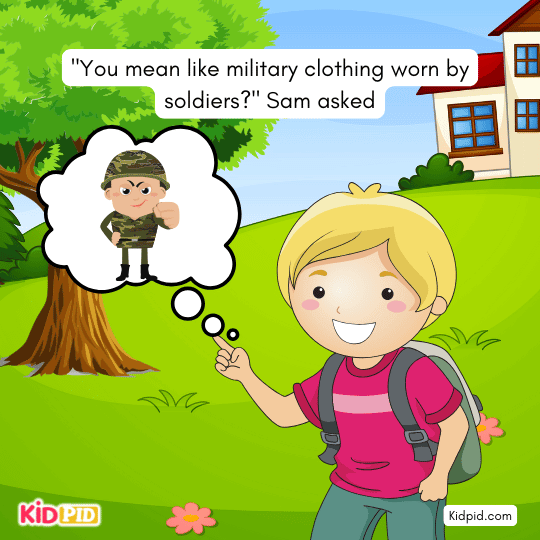
“You mean like military clothing worn by soldiers?” Sam asked

Mr Falkar said, “Yes, camouflage clothing helps soldiers to hide in their environment. Animals also do the same for protection.”

The students with Mr. Falker went to a hut that had a sign that read ‘Reptiles And Amphibians’.

Mr. Falker said, “A lot of reptiles use camouflage to hide from predators. Take a look at this lizard.”

It wasn’t easy to spot the lizard because its skin color blended in with the rock on the ground.

“Mr. Falker?” Emma asked. “Can camouflage help animals catch prey?”
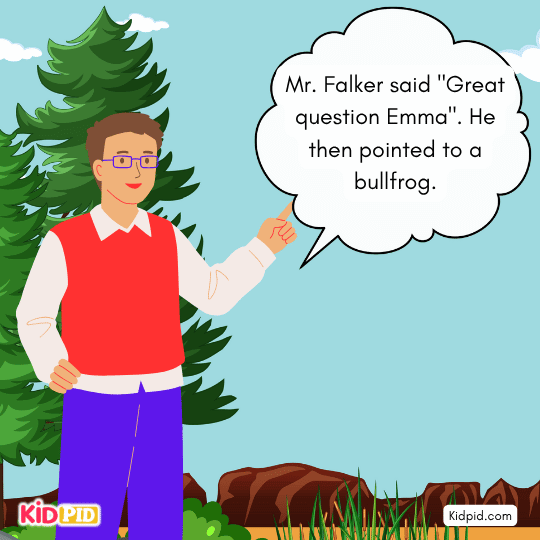
Mr. Falker said, “Great question, Emma”. He then pointed to a bullfrog.

Mr. Falker said, “This bullfrog uses its color to blend in with the grass and leaves while waiting for the prey.”

“It can fool its prey,” said Lucy

“Where are we going next?” Sam asked

“We are going to see the Owls, ” Mr. Falker said. The class stopped in front of the owl house.

“Where are they all?” Lucy asked

Mr. Falker said, “Owls use pattern camouflage! Try to spot owls.”

Emma looked at the tree carefully and said, “I spot an owl! Look, its feathers blend in with the pattern of the tree bark!”

“Correct!” said Mr. Falker.
Now, they moved on to see the cheetahs, and the class moved to a large area with lots of grass.

Emma looked at the cheetah’s spots and wondered, “How do cheetahs camouflage?”

Mr. Falker said, “The spots on cheetahs help them blend into the shade of the grass. This helps cheetahs hunt and also protect their cubs from other big cats,”.
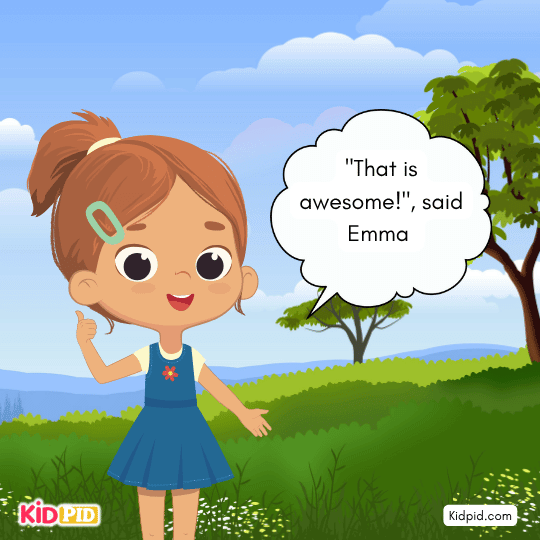
“That is awesome!” said Emma

Emma saw the design on Max’s shirt while he was standing against a red brick wall.

Emma said, “Look, Max is also using camouflage!”

Animal camouflage helps animals hide from enemies or sneak up on their prey. They blend with their surroundings by changing color, shape, or patterns. This smart trick keeps them safe and helps them survive in nature. Camouflage is an amazing way animals protect themselves in the wild.
You may like this:
Why do some animals have camouflage?
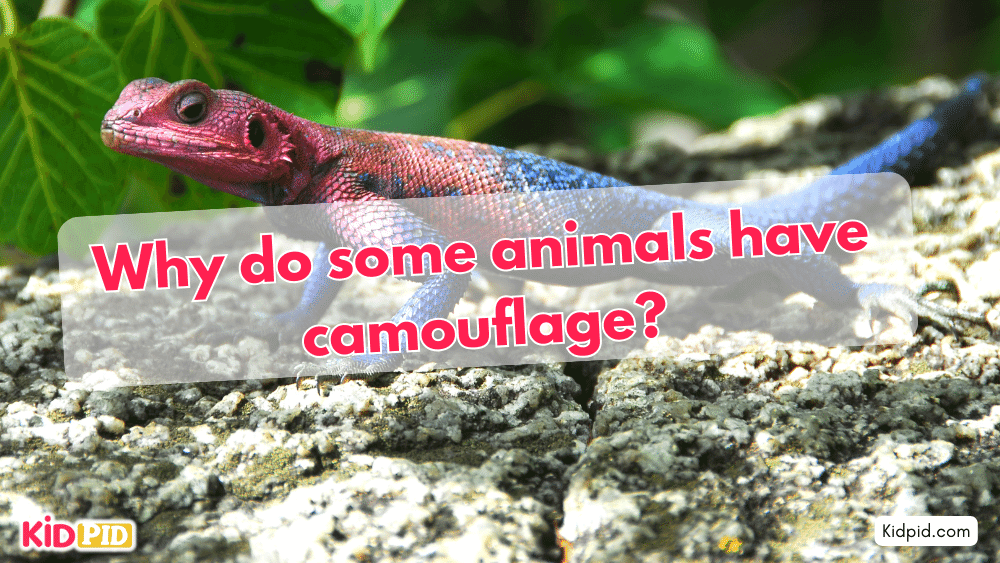
This article explains why animals use camouflage to hide from predators or hunt, helping them survive in their natural environment.
Why do some animals have stripes?
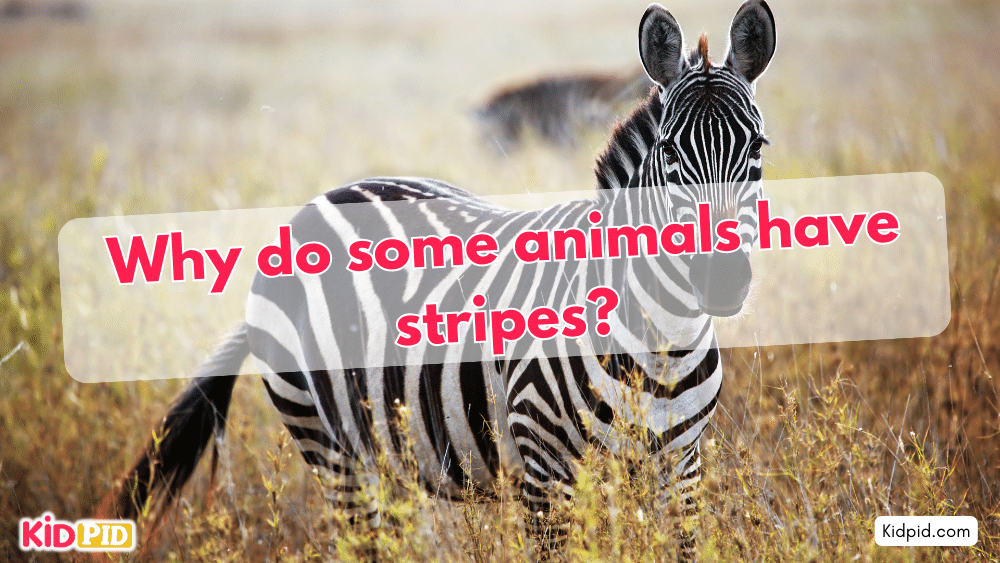
This article explains why some animals have stripes, helping them with camouflage, protection, and communication in their natural habitats.
Snake Animal Facts for Kids

Learn amazing snake facts for kids, including their habitat, food, behavior, and unique features that make snakes interesting animals.
Can wildlife adapt to climate change?

Discover how wildlife adapts to climate change using survival skills, migration, and behavior changes to face environmental challenges around the world.
Why do lions have fur?
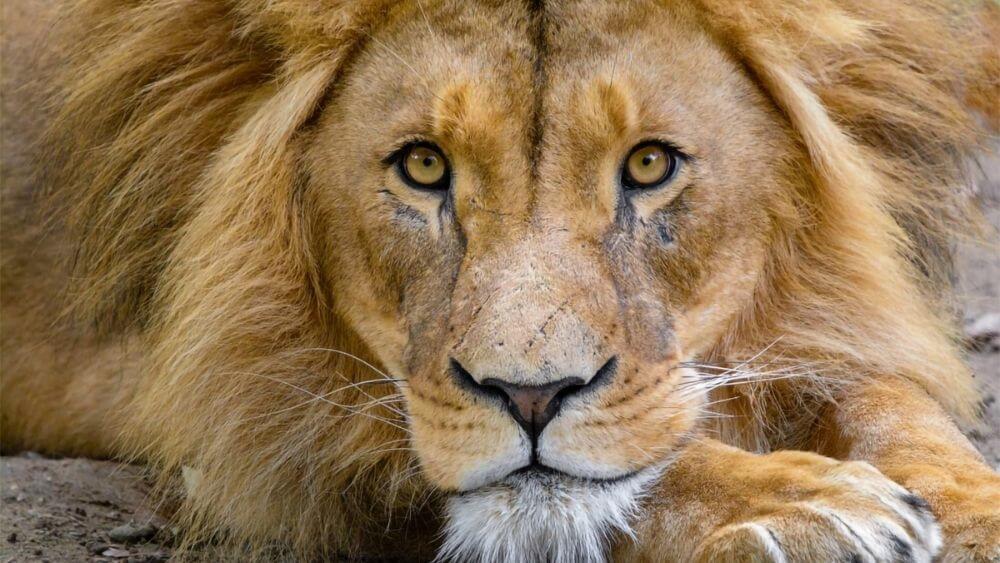
Discover how wildlife adapts to climate change using survival skills, migration, and behavior changes to face environmental challenges around the world.






